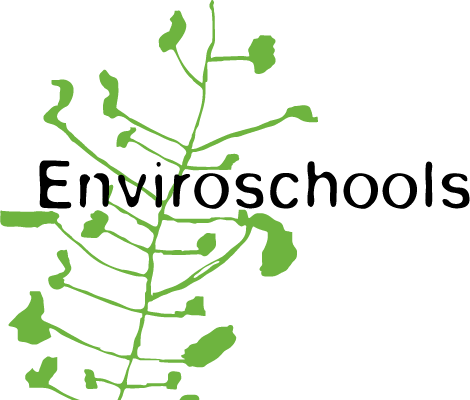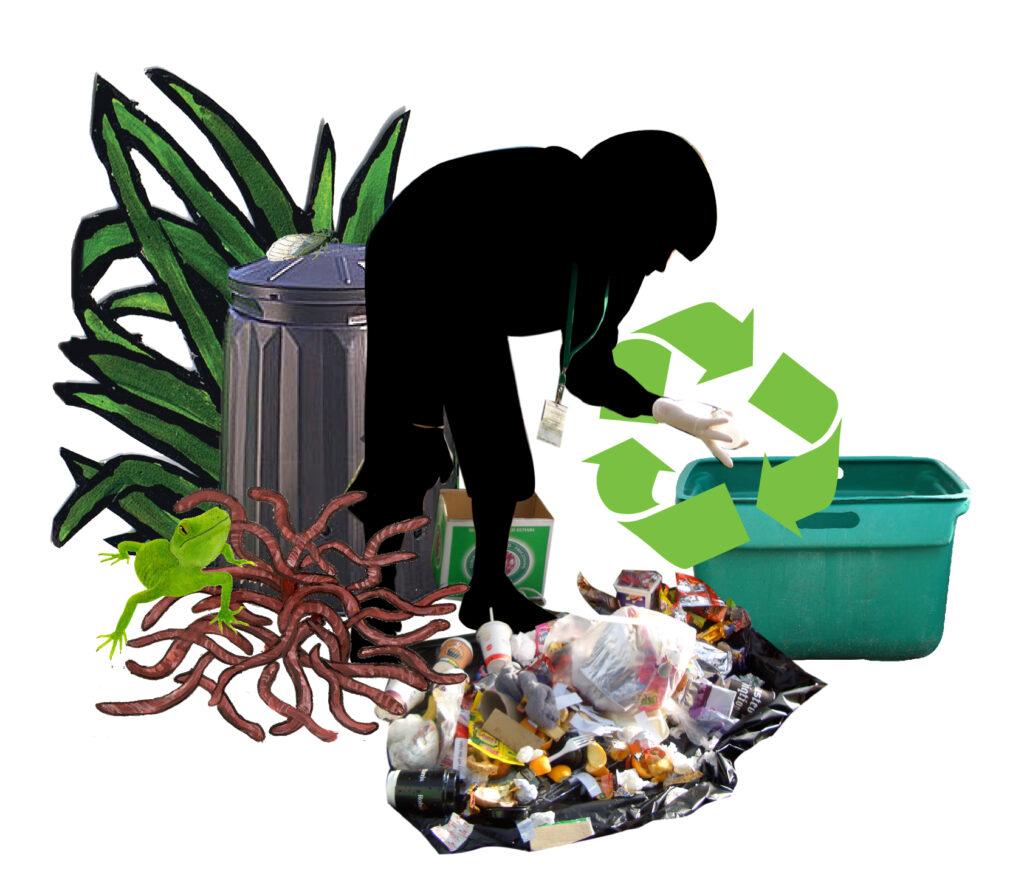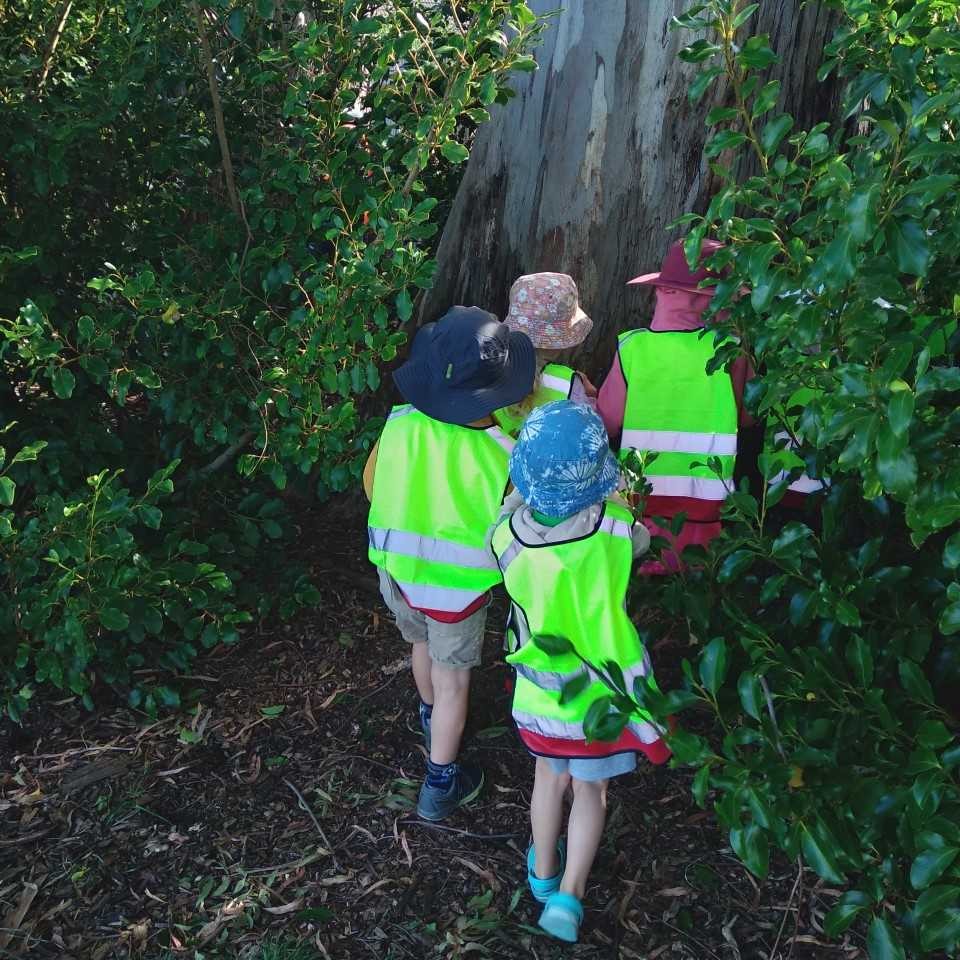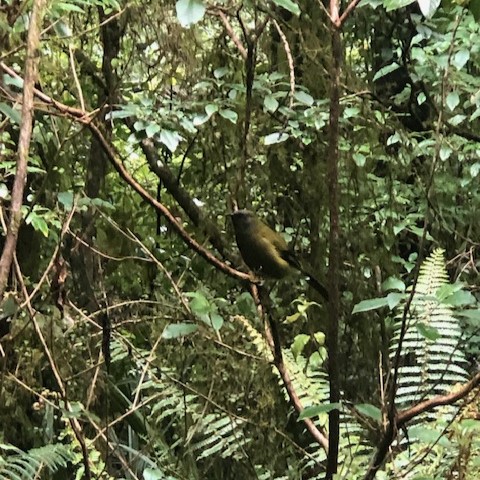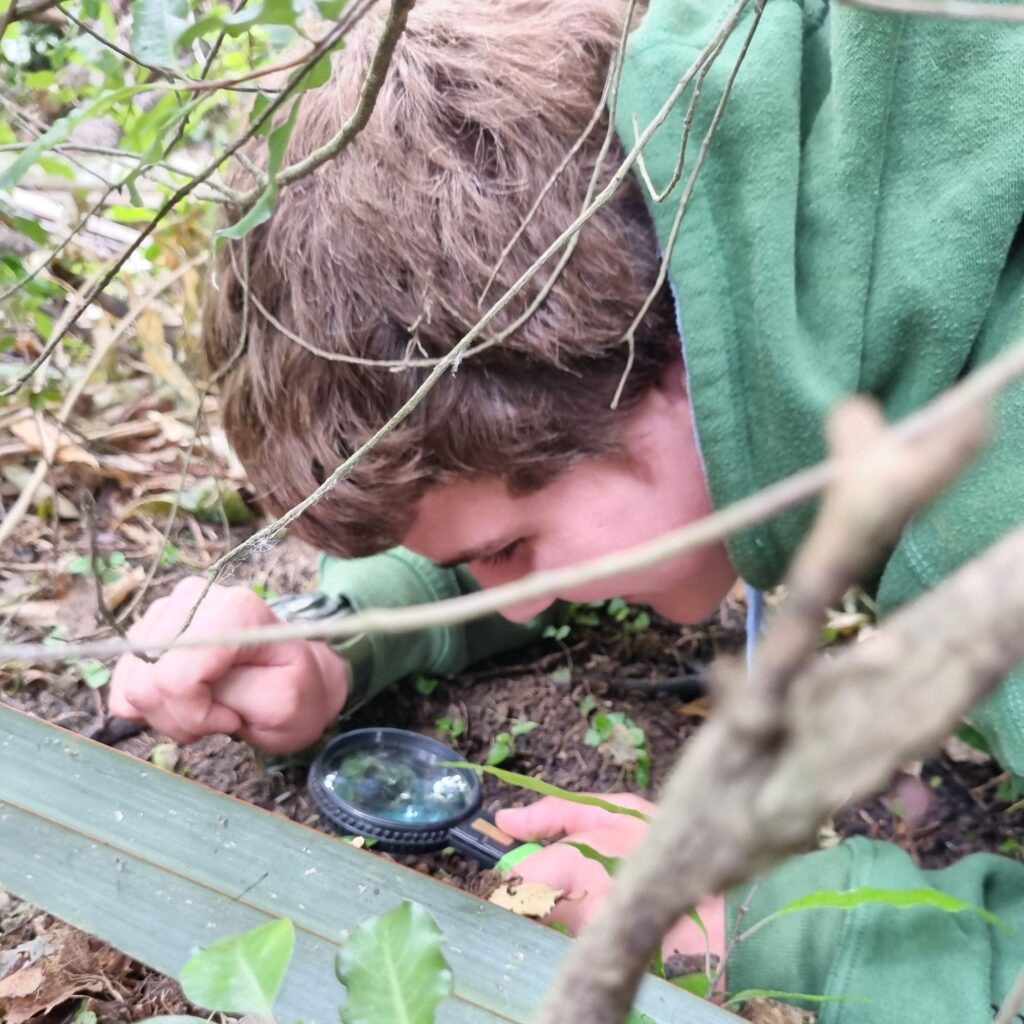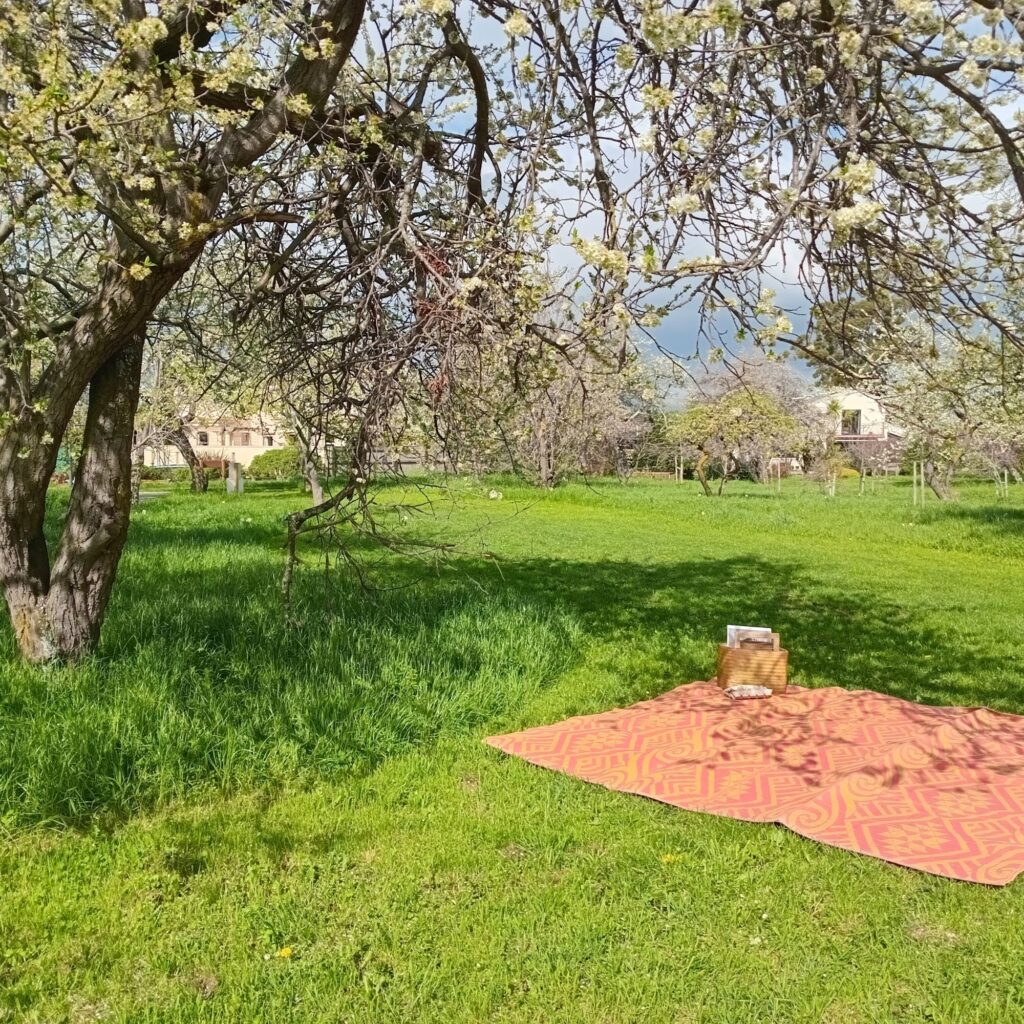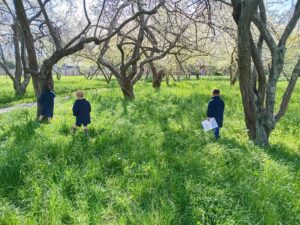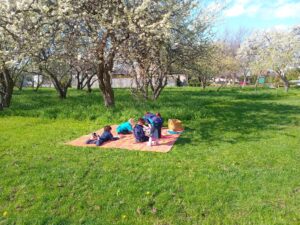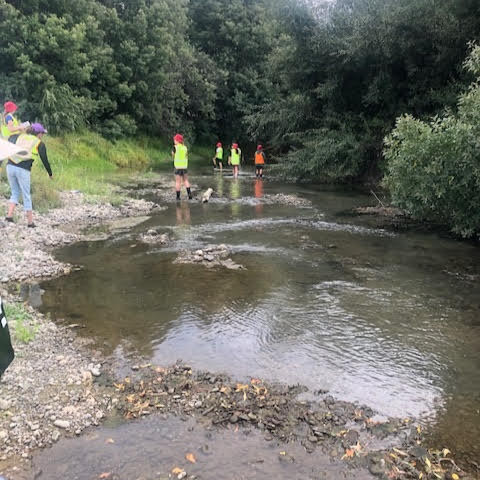This term, Year 5/6 students at Witherlea School embarked on an inquiry into Nude Food, investigating how food is packaged and exploring alternatives to disposable packaging. As they examined plastic wraps, zip-lock bags, and foil, they started to wonder:
What actually happens to these materials once they’re thrown away?
To dig deeper, Angela joined the students to explore how long everyday items take to break down. They considered a big “what if” question: What if everyone understood how long waste sticks around? Would that change the choices we make? The first challenge was to create a waste timeline. Students selected everyday items and arranged themselves in a line, predicting which would break down quickly and which...
Read More We all interact with water every day—but how often do we stop to consider where it comes from, where it goes, and the life it supports along the way?
This was the driving question for the Year 7 and 8 students at Fairhall School as they explored the health of their local awa as part of their inquiry, Water is Life. The first challenge? Choosing a suitable waterway to study. The students quickly discovered that not all rivers flow year-round, and appearances can be deceiving. While Doctor’s Creek at Benmorven Rd and Fairhall River seemed like ideal study sites, they often run dry in summer. Further downstream, Doctor’s Creek resurfaces—but in a degraded state, making it...
Read More Nature Connection programmes have been growing in Marlborough, especially in Kindergartens.
Recently environmental educator for Marlborough District Council, Ramona Millen and Marlborough Kindergarten Association Senior Teacher, Gwenda Jones shared how this has developed over the last two years and the benefits of Nature Connection for tamariki. Ramona supporting a Nature Connection session The New Zealand Association for Environmental Education (NZAEE) hosted a webinar where Ramona and Gwenda talked about the changes they have seen by supporting teachers and children to regularly spend time in nature in the Marlborough region. With a few prompts around observing, tamariki have been experiencing many ways to connect with nature. From walks around the block, to local parks...
Read More A large group of tamariki Yrs 1 -3 from Riverlands School headed to Onamalutu Reserve earlier this term as a celebration of their learning around sustainability and the living world. At school they had created bird feeders and houses, planted vegetables and cleaned up rubbish. The trip was a chance to see the beautiful areas they can create when nurturing the environment with the small actions they took at school.
The ngahere at Onamalutu is a remnant of podocarp forest once common in Wairau. It has beautiful mature kahikatea, matai and totara. The reserve was donated by a local sawmiller in 1901. This has preserved a small part of the natural ngahere that filled...
Read More Enviroschools and Junior Landcare joined up again in term 4 to give the opportunity for rangatahi to become scientists in a Bioblitz at Grovetown Lagoon.
Biodiversity brings to mind thoughts of remote, wild places full of extraordinary animals and plants. While wild areas are rich in biodiversity, we can easily overlook the variety of species that surround us every day in easy to reach, local spaces - even on the school playing field. Did you know that New Zealand has 2000 species of spiders and you are likely to find one million spiders in one hectare of paddock land! Angela, Wendy (NZ Landcare), Rosanne and Justine (Wetland Warriors) welcomed rangatahi from Queen Charlotte College and...
Read More Earlier in the year, Tua Marina and Springcreek Schools teamed up to replant a section of the Kahikatea Reserve. This amazing restoration project was started 20 years ago. The aim being to return the land to original ngahere and water ways. A group sitting quietly counting birds When planting the damaged section, we could hear numerous birds in the maturing ngahere beside us. Of course we also had piwakawaka ducking and diving around us as we disturbed the insects that piwakawaka love to eat. We came up with the idea of returning each year to do a bird count. Both in the 20-year-old section and the newly planted section. This would measure...
Read More If you haven’t been to Mckendry Park in Spring, it is something that you must do. Golden and white Daffodils dot the park, whilst spring blossom gently falls to the ground from the breeze of Tāwhirimātea, as if snow is falling. The students of Springlands school got to experience this magic as part of their learning about Tānemahuta.
This term Ramona and Angela from our Environmental Education Team worked alongside Springlands School to put together a plan to learn about Tānemahuta and his presence within their school and surrounding areas. Tānemahuta is the guardian of all the forests and all the birds and plants that live there.
The plan that was put...
Read More Last term four schools took the opportunity to work next to and learn from the Wetland Warriors volunteers just how amazing our wetlands are. It was made possible thanks to a wonderful collaboration between Junior Landcare, Enviroschools and the Wetland Warriors at Grovetown Lagoon.
Standing on the banks of the lagoon, it can be a little tricky to understand just how wetlands filter water and protect surrounding areas from flooding. So Angela visited the schools armed with two experiments that helped to explain the wetland superpowers.
The first experiment explored how wetlands manage water, especially during heavy rains or storms.
Students built a landscape out of clay then imitated a rainfall event by pouring water over...
Read More World Environment Day on 5 June 2023 will focus on land restoration, desertification, and drought resilience. - https://environment.govt.nz/what-you-can-do/campaigns/world-environment-day/...
Read More The Tuamarina Awa is a tributary of the Wairau Awa and flows through the largest remaining wetland in the Wairau catchment, the Para Wetland. Unfortunately, the water quality of the Tuamarina awa is rated as marginal, unacceptable water quality that needs to be improved.
The awa passes Tua Marina school on the opposite side of SH1. It’s not an easy place to get to but the senior students wanted to learn more about it. Particularly its health and what they could do to care for it now and in the future. With a whole school inquiry into science, they leapt at the chance to investigate the awa with a scientific lens. They studied the cycle...
Read More 